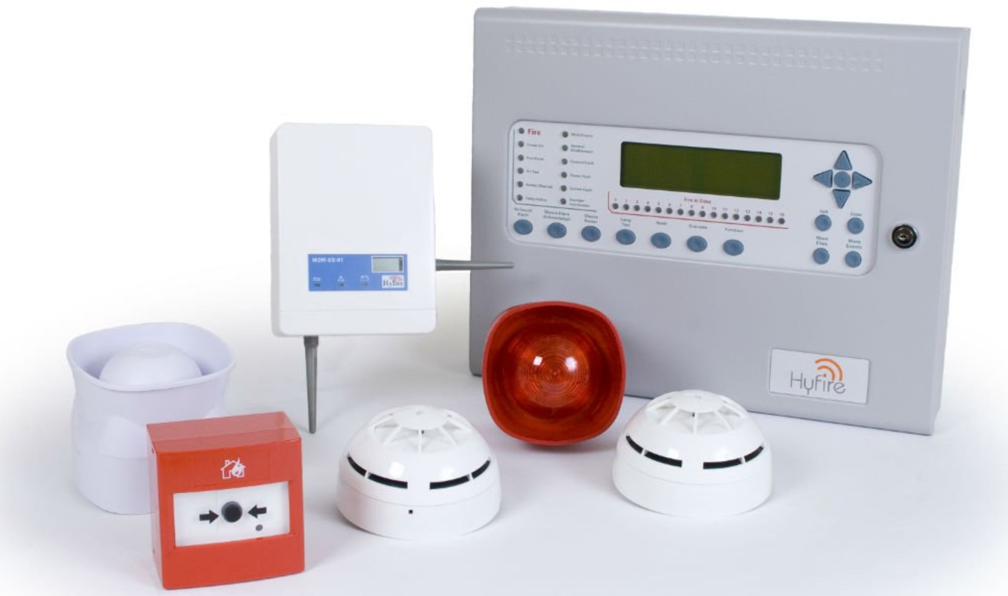Fire Alarm System Integration with Home Automation: Benefits and Considerations

In the realm of modern home automation, integrating fire alarm systems has become a topic of increasing importance. The seamless connection between fire alarms and home automation platforms offers homeowners enhanced safety, convenience, and peace of mind. To ensure that your system is installed correctly and meets all necessary safety standards, obtaining a Fire Alarm Installation Certificate is essential. Let’s delve into the benefits and considerations of integrating fire alarm systems with home automation.
Benefits of Integration
- Enhanced Safety and Security
Integrating fire alarms with home automation systems provides real-time alerts and notifications directly to homeowners’ smartphones or connected devices. This immediate notification allows for prompt action in case of fire emergencies, potentially saving lives and reducing property damage.
- Convenience in Monitoring
Home automation platforms centralize monitoring of various home systems, including fire alarms. This consolidated approach enables homeowners to remotely check the status of their fire alarm systems, ensuring they are operational and up to date with maintenance.
- Automated Response
Integration allows for automated responses to fire alarms. For instance, smart home systems can automatically shut off HVAC systems to prevent the spread of smoke, unlock doors for easier evacuation, and even alert emergency services if programmed to do so.
- Integration with Other Systems
Fire alarm integration can extend beyond basic safety measures. It can be tied into lighting systems to illuminate escape routes during a fire, or integrated with security cameras to provide visual confirmation of emergencies, aiding both evacuation and post-incident analysis.
Considerations Before Integration
- Reliability and Compatibility
Ensuring compatibility between your existing fire alarm system and chosen home automation platform is crucial. Compatibility issues can lead to unreliable notifications or failure to trigger alarms during emergencies.
- Professional Installation and Setup
Integration typically requires professional installation to ensure all components are correctly connected and configured. Proper setup is essential for the system to function reliably and effectively during emergencies.
- Privacy and Data Security
Connecting fire alarms to the internet for automation purposes raises concerns about data security and privacy. Homeowners must choose reputable automation systems with robust security measures to protect sensitive information from unauthorized access.
- Regulatory Compliance
Different regions may have specific regulations governing fire alarm systems. Ensure that any integration complies with local building codes and regulations to avoid legal issues and ensure the system’s effectiveness.
Conclusion
Integrating fire alarm systems with home automation offers significant benefits in terms of safety, convenience, and functionality. However, careful consideration of compatibility, security, and regulatory requirements is essential before embarking on integration. When executed correctly, integration enhances overall home safety and provides peace of mind to homeowners, knowing that their homes are equipped with advanced technology to respond swiftly and effectively to fire emergencies. As technology continues to evolve, the integration of fire alarms with home automation is likely to become more accessible and indispensable for modern households striving for enhanced safety and security. For property owners, obtaining a Landlord Certification can also ensure that all safety measures, including fire alarm systems, meet the necessary standards and regulations, If you want to stay updated with posts like this, please follow us on Yuval Eizik Blog.